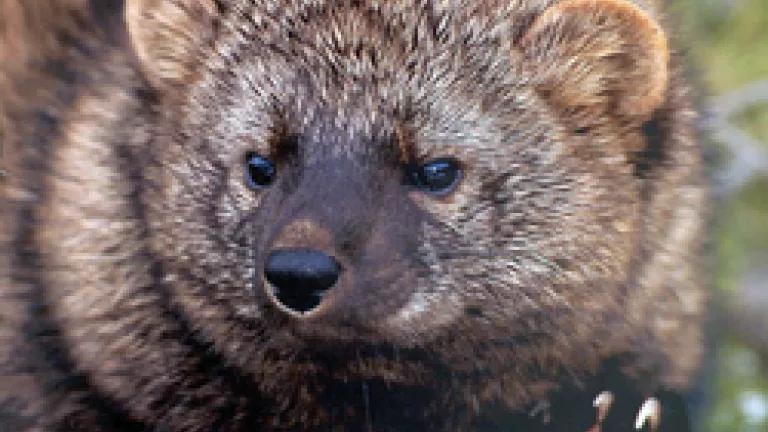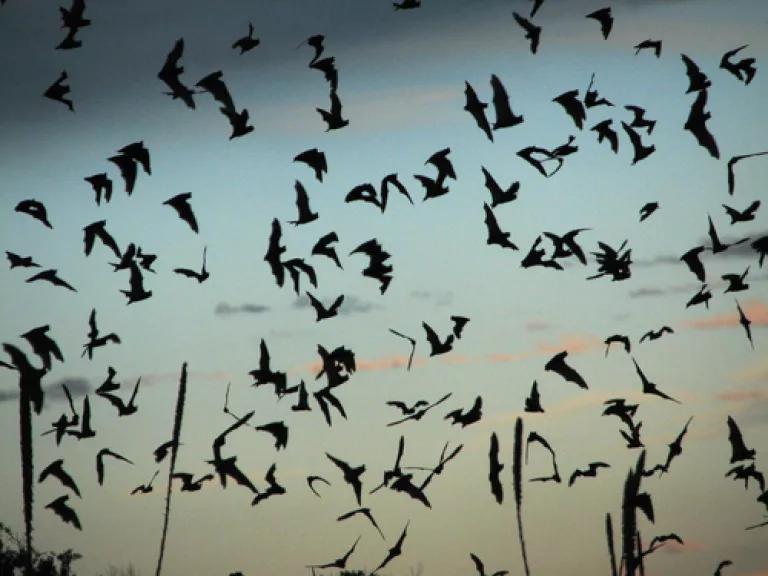
Happy New Year everyone! To start 2012 off right, here are some good news stories from the last month of 2011.
- Four Pacific fishers have been released into the northern Sierra Nevada mountains. According to the San Francisco Chronicl
e, "the four stubby-legged mammals were released by California Department of Fish and Game biologists as part of an innovative effort to reintroduce the weasel family species to a region they were driven out of 100 years ago."
- Bison have returned to the Missouri prairie. For the last decade, the Dunn Ranch, in Hatfield Missouri, worked to restore 3,000 acres of native tall grass prairie. But what do you need to truly restore a fully-functioning prairie ecosystem? Bison. That's right, the American bison (or buffalo) plays a crucial role in prairie health, changing the prairie in important ways as a result of their grazing habits and wallows . Now thirty-six bison can call the Dunn Ranch home.
- In other Missouri news, the St. Louis Zoo and Missouri Department of Conservation announced that they had successfully bred Ozark hellbenders in captivity, a first for this species, only recently listed under the U.S. Endangered Species Act. The new sixty-three little hellbender babies will hopefully allow scientists to successfully reintroduce hellbenders (which are a very cool, very big, species of salamander, in case you were wondering) to their Ozark mountain habitat. Here is a short video of the new hellbenders:
- Summer flounder, or fluke, has been restored to a healthy population level after decades of overfishing, according to an October assessment for the National Marine Fisheries Service. Fluke range up and down the Atlantic seacoast, from Maine to North Carolina.
- Breeding lynx have been found in New Hampshire. Th
e presence of four lynx kittens were confirmed by state wildlife officials, marking a successful expansion of the the lynx's range from Maine. Lynx have not been documented in New Hampshire in ten years, much less a breeding population.
- Whooping cranes, one of the rarest birds in the world, may be on the cusp of expanding its winter range to North Carolina. According to the Charlotte Observer, a male and female pair of the cranes have been documented in western North Carolina by the U.S. Fish and Wildlife Servce.
- 2011 wasn't a good year for bats, with white nose syndrome devastating bat populations by the millions. But there's a ray of hope for little brown bats, one of the species affected by the fungal disease, in Vermont: scientists report finding multiple colonies of the bats in Northern Vermont that seem to have survived the disease. They may offer hope of resistance, and survival, to the entire species.

- And final, just because it's cool: scientists have discovered the pigeons can follow abstract mathmatical counting rules, a trait until now seen only in big-brained species like primates.




